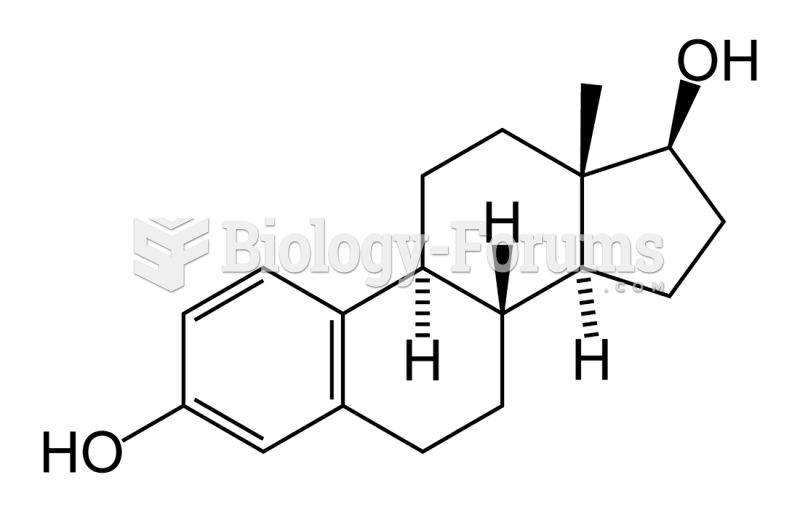|
|
|
There are approximately 3 million unintended pregnancies in the United States each year.
The calories found in one piece of cherry cheesecake could light a 60-watt light bulb for 1.5 hours.
The Romans did not use numerals to indicate fractions but instead used words to indicate parts of a whole.
A recent study has found that following a diet rich in berries may slow down the aging process of the brain. This diet apparently helps to keep dopamine levels much higher than are seen in normal individuals who do not eat berries as a regular part of their diet as they enter their later years.
Children with strabismus (crossed eyes) can be treated. They are not able to outgrow this condition on their own, but with help, it can be more easily corrected at a younger age. It is important for infants to have eye examinations as early as possible in their development and then another at age 2 years.







